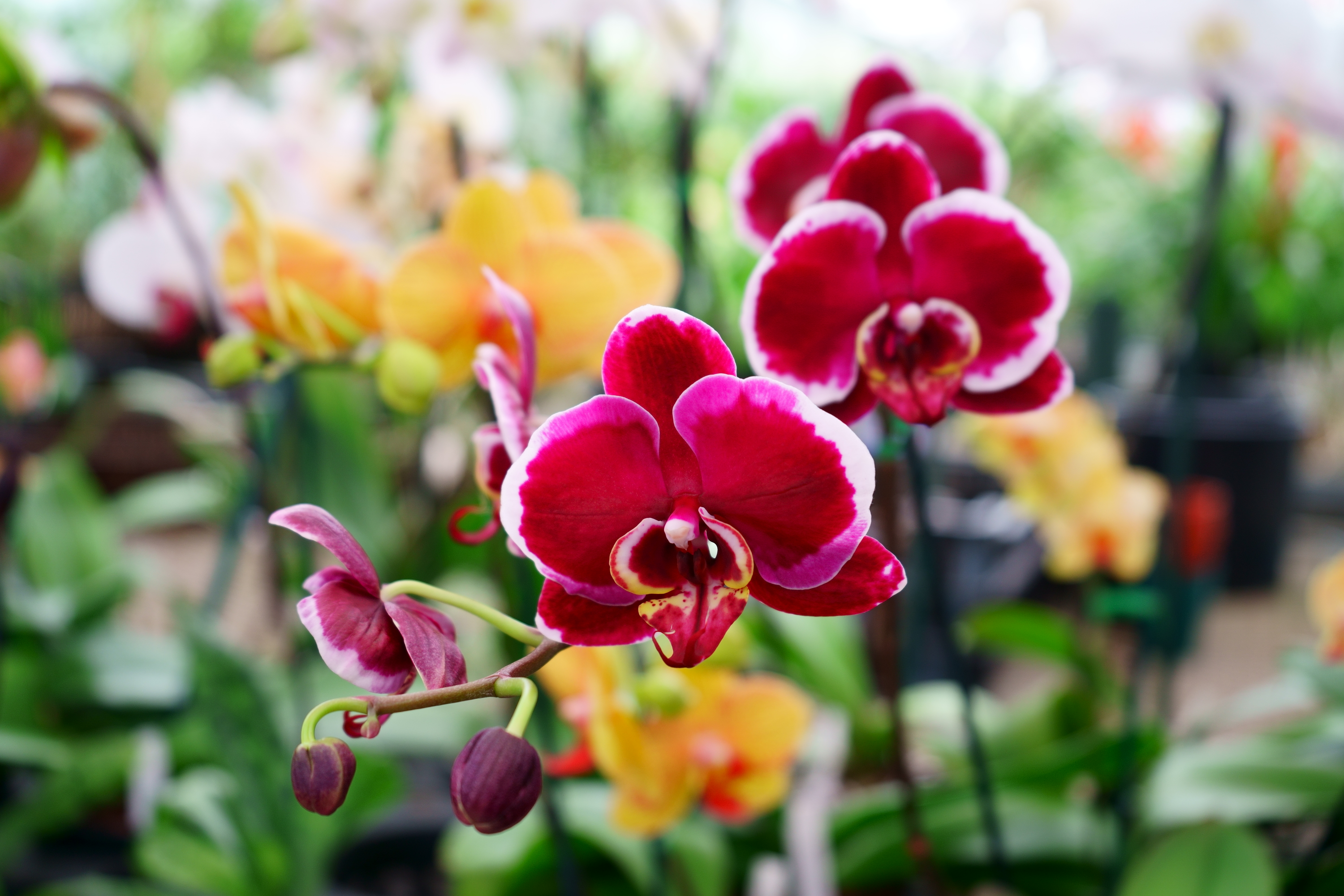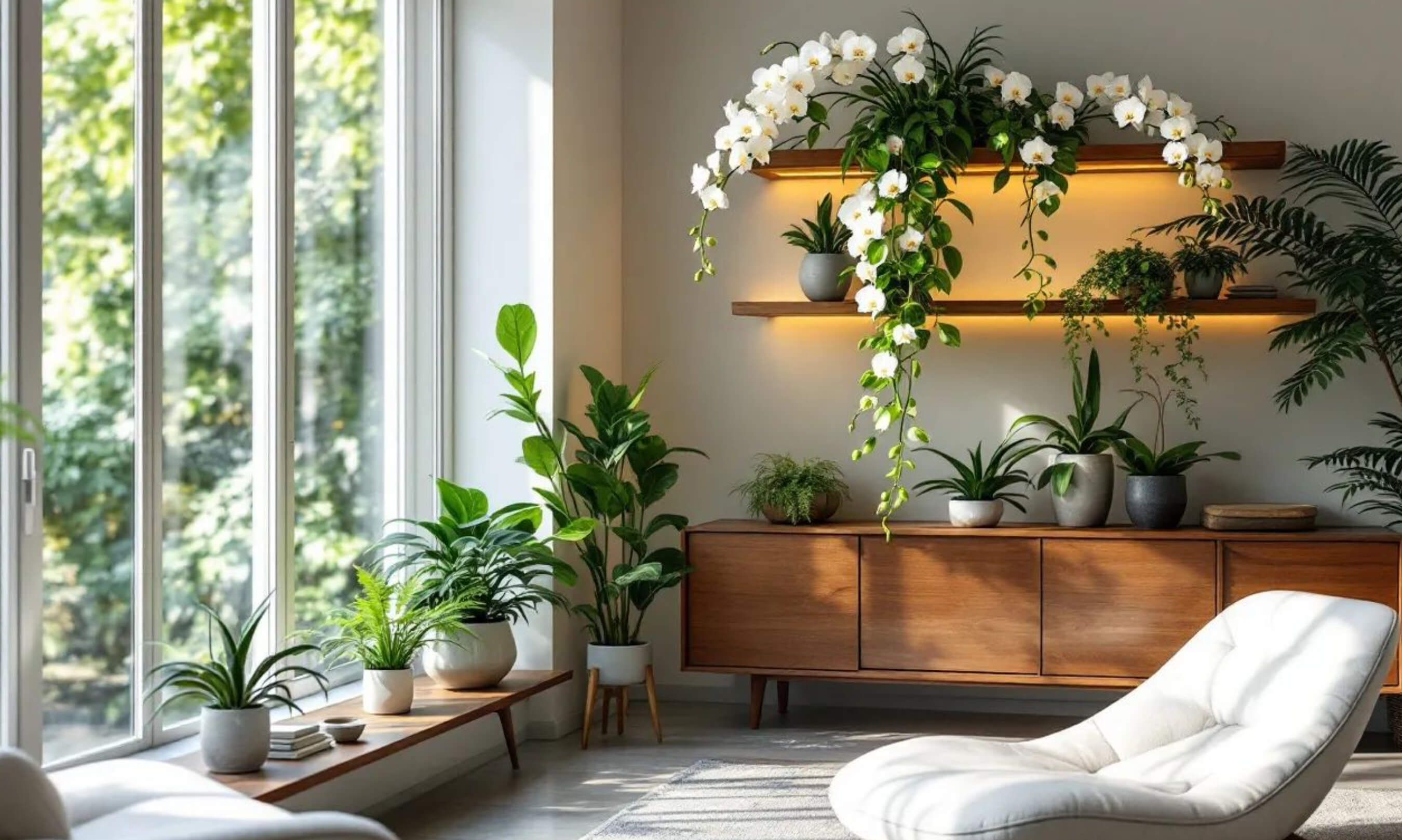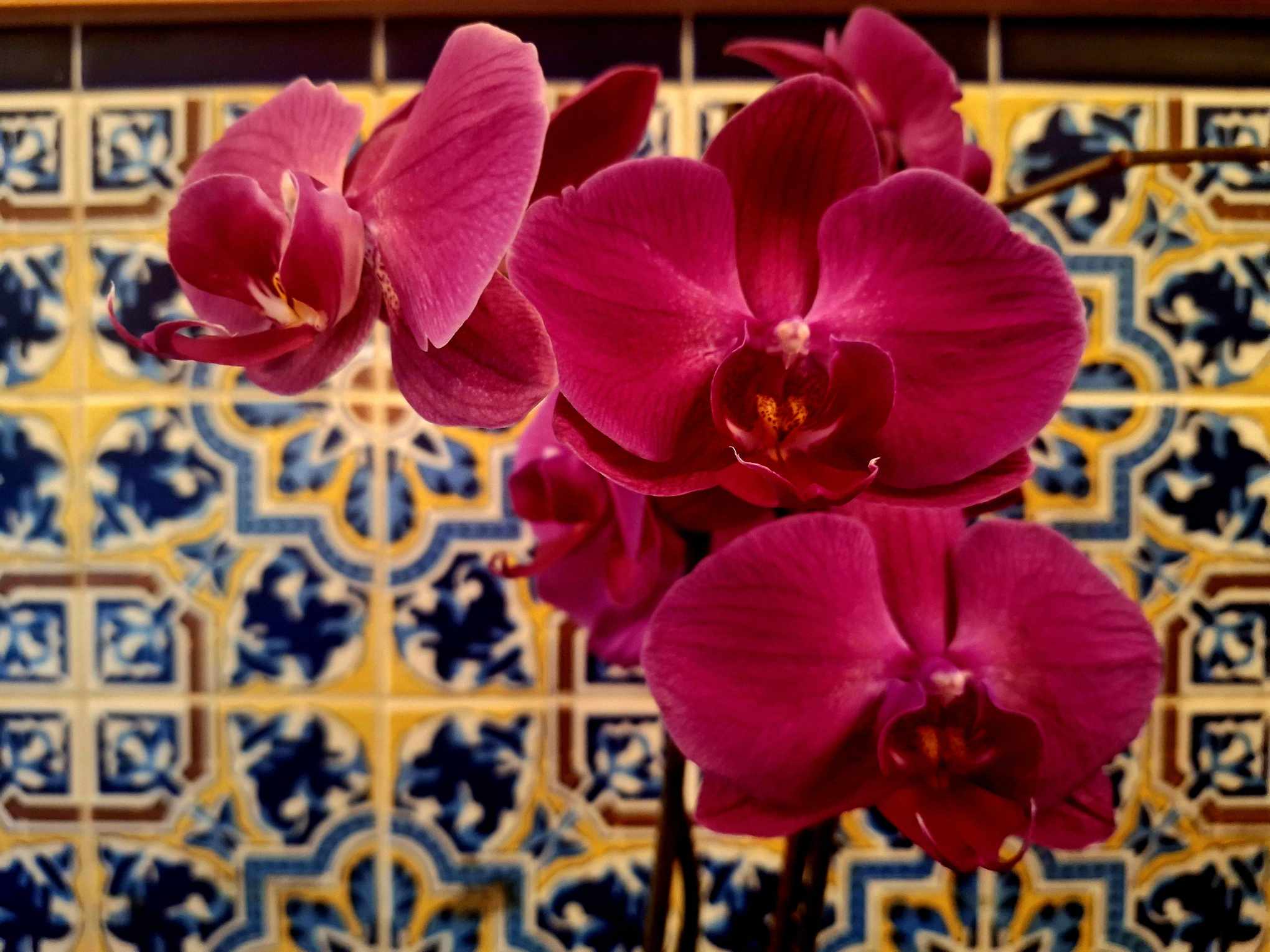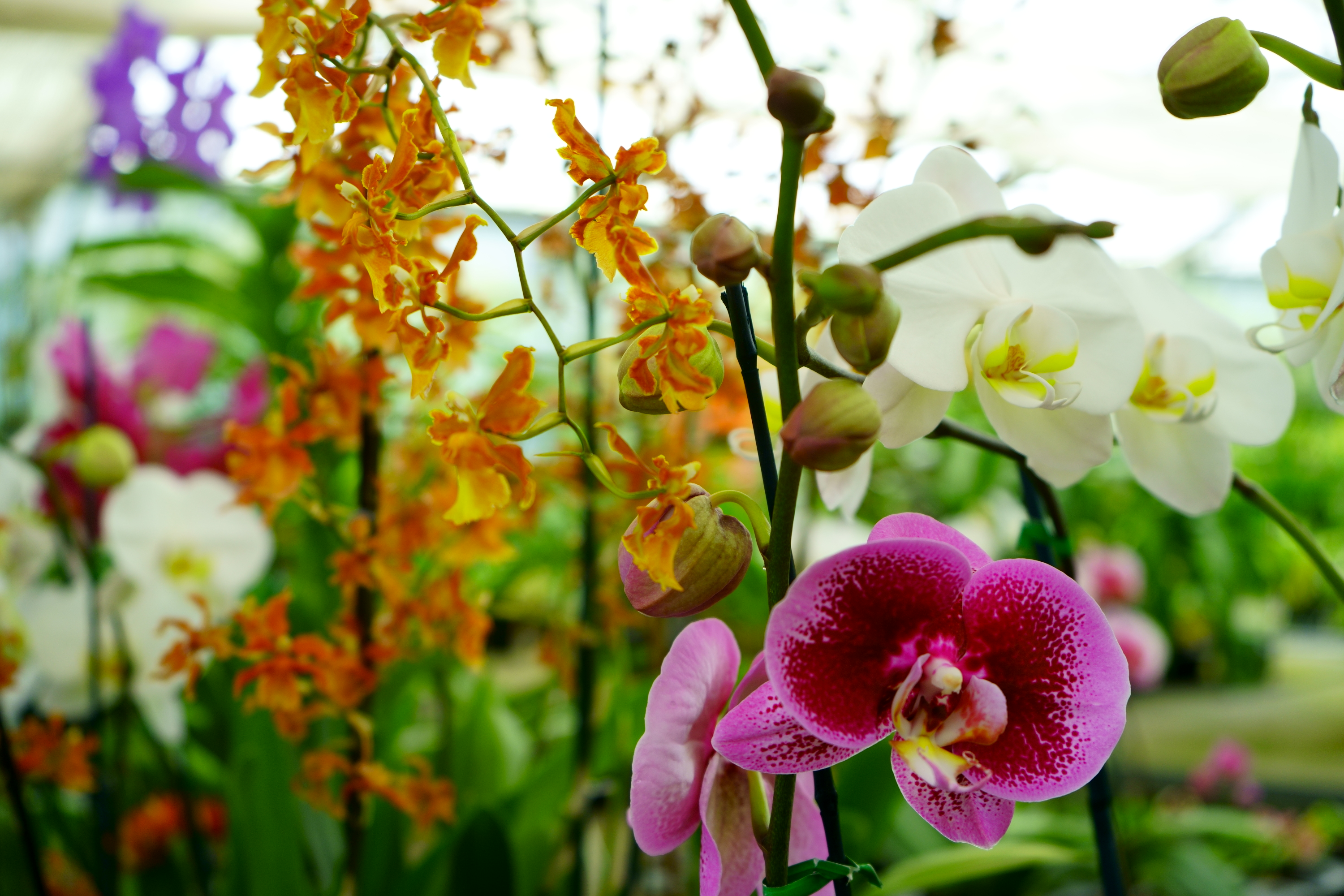Do Orchids Need Sunlight?
The short answer to the question, do orchids need sunlight, is, yes they need light to grow and thrive, but there is one very important caveat to keep in mind when it comes to caring for orchids. While orchids and most plants need sunlight to grow, it is very important to never place orchids in direct hot sunlight. Many orchids in nature are epiphytes that grow in the shade canopy of trees and never in direct sunlight. Placing an orchid in a location where it will receive direct hot sunlight will most likely burn the orchid leaves and kill the plant. There are some orchids such as orchids in the Vanda and Cattleya species that require very bright light conditions to thrive, but they still need to be shaded from direct hot sunlight. Many orchids will do well with very early morning or late evening direct sunlight, when the temperatures are not so hot and the light is not intense. What is classified as early morning sun or late afternoon sun that is tolerable to orchids will depend on where in the world that you live. The first two hours of sunlight after dawn and the two hours before dusk are most likely the safest, but be aware of your local condition and adjust this if you see any signs of leaf burn.

Using Natural Light
Finding a suitable window location for your orchid to take advantage of natural light depends on the architecture of your home. If you have an east or west facing window that receives early morning or late afternoon sun, a location near these windows may be suitable for your orchid. Or perhaps you have a window that receives bright light but is shaded from direct sun by a tree, bush, or perhaps even another building, that also is a good potential location for your orchid. Phalaenopsis and most species of orchid will tolerate and even thrive in low light conditions, so placement near a window out of direct sunlight is a good location for most orchids. Also natural light can be manipulated with the use of shading and curtains to provide a good light environment for your orchid. Just remember bright indirect light is good, but orchids should never be placed where they will receive direct hot sunlight. For more information on light needs visit our page on light requirements.
Using Supplemental Light
Sometimes we do not have an ideal window location available to take advantage of natural light. Again, answering the question of, do orchids need sunlight?, the answer is yes, they need light, but we can use other light sources to help our orchids flourish. Fortunately, many orchids will thrive in low light conditions and we can grow orchids using supplemental indoor light. The two most common sources of supplemental lighting are fluorescent and LED light sources. There are many choices of fixtures that we can use to provide supplemental lighting. If you only have one or two plants, a simple spotlight type fixture or lamp with a fluorescent light bulb or an LED grow light will provide ample light for many species of orchids. If your collection starts to grow, there are many lighting fixture solutions available that use either of these light sources which can be used to provide supplemental light to your orchids. For more information visit our page on light supplementation here.
Enhancing Light Conditions for Orchids
In addition to recognizing the vital role of sunlight in the growth of orchids and taking precautions to shield them from direct, scorching rays, there are other methods to optimize light conditions for these beautiful plants. Whether you have access to natural light or need to rely on supplemental lighting, creating an environment conducive to their flourishing is essential.
When harnessing natural light, it is imperative to identify suitable window locations based on the architecture of your home. Ideal for orchids are east or west facing windows that bask in the gentle rays of early morning or late afternoon sun. During these periods, the light is bright yet less intense, reducing the risk of leaf burn. Keep in mind that the precise timing may vary depending on your geographical location, so attentively monitor your orchids for any signs of harm. Generally, the first two hours after dawn and the two hours before dusk are the safest.
For orchids that thrive in low light conditions, such as Phalaenopsis and various other species, positioning them near windows devoid of direct sunlight can foster a favorable environment. If your windows allow bright light but are shaded by trees, shrubs, or neighboring structures, these spots are also suitable for your orchids. Manipulating natural light with the use of shading techniques and curtains can further enhance the lighting environment, providing the essential indirect light they crave. Remember to steer clear of direct hot sunlight at all times, as it can be detrimental.
In scenarios where an ideal window location is unavailable, supplemental lighting becomes indispensable for the well-being of your orchids. Orchids are remarkably adaptable to low light conditions, making fluorescent and LED light sources exceptional alternatives. For one or two orchid plants, simple spotlight-type fixtures or lamps fitted with fluorescent bulbs or LED grow lights can supply ample illumination. As your collection expands, numerous lighting fixture solutions that utilize fluorescent or LED lights are readily available to cater to the evolving needs of your growing orchids.
Supplemental indoor lighting allows you to establish a controlled environment, ensuring your orchids receive the optimal amount of light necessary for their growth and development. By meticulously selecting the appropriate light source and fine-tuning the intensity and duration of lighting, you can replicate the natural light conditions that orchids thrive in.
In response to the question of do orchids need sunlight, the answer is that while orchids rely on light for their growth and prosperity, safeguarding them from direct hot sunlight is imperative. Orchids typically thrive in bright indirect light or low light conditions. Harnessing natural light through strategic window placement and employing shading techniques can create an ideal lighting environment. When natural light is limited, supplementing with fluorescent or LED fixtures can effectively bolster orchid growth. By comprehending the light requirements of your specific orchid species and providing the necessary lighting conditions, you can revel in the presence of healthy and vibrant orchids within your home.


